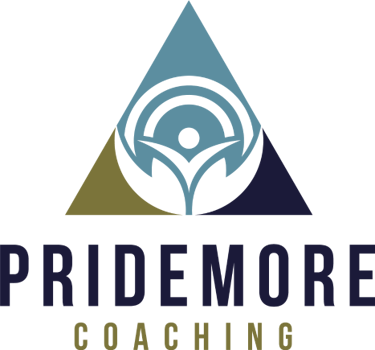The Power of Storytelling in Business
"The Power of Storytelling in Business," explores the vital role storytelling plays in our professional lives. Stories have the power to form an emotional bond, simplify complex ideas, and make your message more memorable. And the best part? We all have stories to tell.
Heather Pridemore
5/17/20233 min read


Note: This article is adapted from a live presentation I gave in March 2023. The insights and techniques shared have been reshaped to fit this format, but the core message remains the same.
In today's rapidly changing business landscape, storytelling has become more than just an art; it's a powerful tool for creating an emotional bond, fostering trust, rapport, and understanding. It's a means to humanize complex ideas, making them more relatable and easier to understand.
What is often overlooked is the science behind storytelling. Sharing stories triggers the release of neurochemicals such as dopamine, oxytocin, and cortisol. This means that we don't just understand stories intellectually; we react to them emotionally, even if we don't realize it.
So how can we harness this power in the business world? Here are a few considerations:
Incorporate relatable characters.
Whether it's a person, business, or situation that feels familiar, a relatable protagonist can make your story resonate more deeply with your audience.
Connect the story to a shared purpose or value.
This is particularly effective in consultative sales or service. By showing how your story aligns with the listener's goals and aspirations, you can motivate and inspire them to act.
Use descriptive language and sensory details.
This technique is essential in business, as it allows you to incorporate the features and benefits of your products and services. The goal is to evoke feelings of satisfaction, comfort, or excitement.
Storytelling can simplify complex ideas, data, or technical information into digestible narratives. It makes concepts accessible and easier to understand. Moreover, it can turn data into a compelling narrative, making key facts and figures more memorable.
We all have stories to tell, but that doesn't mean we're all good storytellers. - Kindra Hall
This quote underlines the need for constant refinement and practice in the art of storytelling. To become a proficient storyteller in a business context, I recommend building a portfolio of stories that address the most common business scenarios you encounter. That way, these stories become second nature to you, ready to be called upon and adapted to enhance their relevance to your audience.
Storytelling has multiple applications across business domains, some of which are:
Marketing and Social Media- These platforms provide an ideal avenue for sharing short, impactful stories with a broad audience. Visual storytelling, using images and videos, can capture attention and create an emotional connection efficiently. Incorporating personal stories or customer success stories can humanize your brand, while stories that highlight your value propositions or mission statement can resonate deeply with your audience. Also, consider following the narrative form of a beginning, middle, and end – a structure that has become particularly relevant in content marketing.
Written Communication- In the age of overflowing inboxes and constant information overload, a well-written story can make your email stand out and your message more memorable. When incorporating stories into written communication, it’s crucial to keep them short and concise. Anecdotes can effectively illustrate your points, and even incorporating story elements into your subject line can spark interest and pique curiosity, engaging your reader from the outset. For example:
The Surprising Lesson I Learned About Leadership from a Children’s Book
Presentations and Meetings- Stories can bookend your presentations, engaging your audience from the start and leaving them with a lasting impression. A personal story, a why story, or an illustrative story can set the tone for your presentation or meeting. Leverage personal anecdotes in place of traditional introductions to make a strong first impression. Remember, stories can also demonstrate your empathy and understanding, fostering a more collaborative and inclusive environment. Encouraging others to share their stories can further enhance team cohesion and engagement.
Additionally, the shift to remote work has posed new challenges, but storytelling remains an effective tool. The same neurochemical response occurs whether the story is told face-to-face or over a virtual platform. So, even in this era of remote work, you can still create meaningful connections and overcome challenges by harnessing the power of storytelling.
In conclusion, storytelling is a powerful tool in business communication. It creates an emotional bond, simplifies complex ideas, and makes your message more memorable. Whether you're using storytelling in your marketing, your written communication, or your presentations, remember to practice and refine your stories continually. After all, a well-told story can be the difference between simply conveying information and truly connecting with your audience.
Contact:
(720)369-5735
Heather Pridemore, Founder | Coach


© 2023 Pridemore Coaching. All rights reserved.
Terms and Conditions
